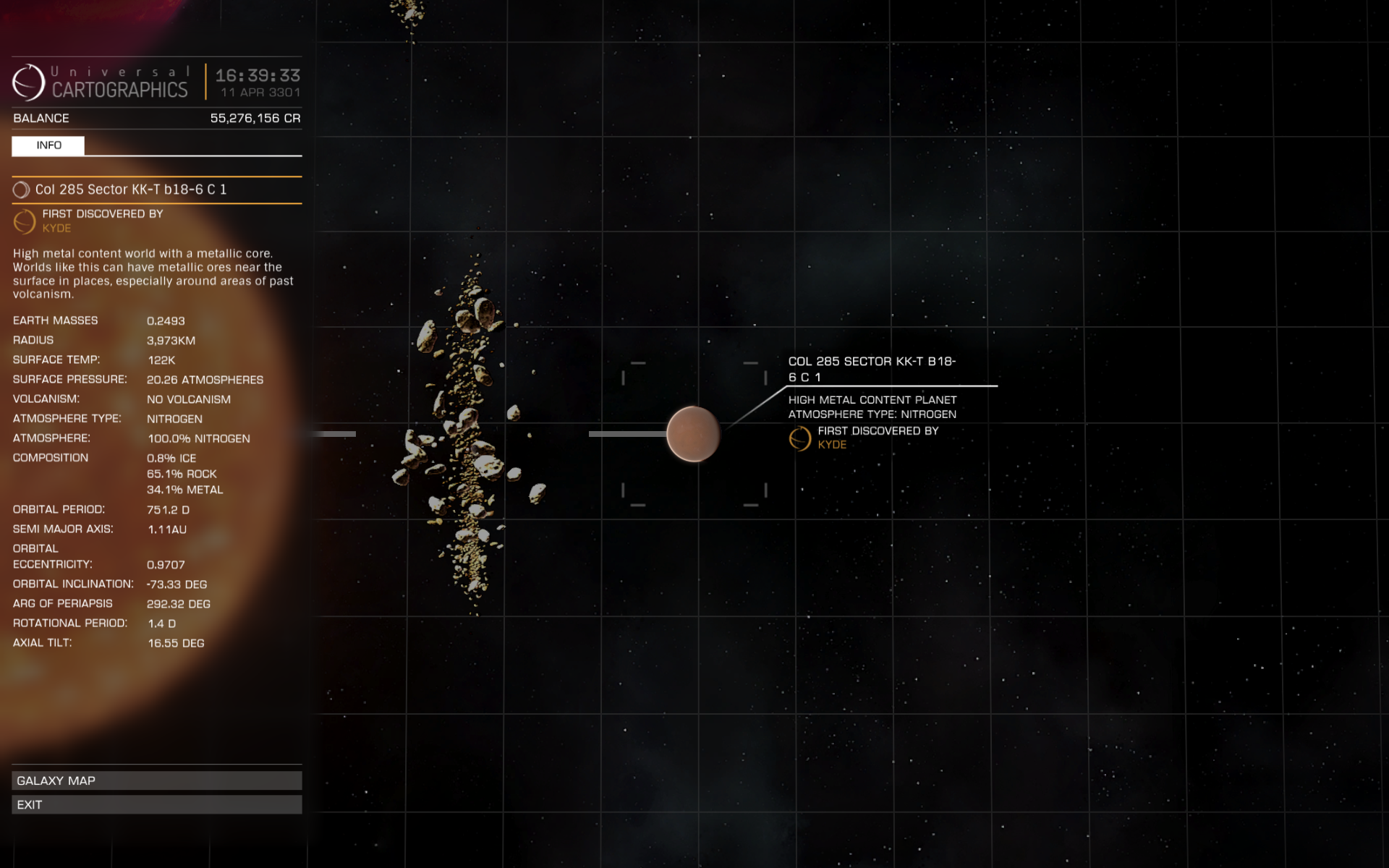Look what I have found, a planet with an orbital eccentricity of 0.97; it just barely missed the chance to be flung out of its orbit and become a rogue planet. 






The planets with the most eccentric orbits almost always seem to be the only planet orbiting their parent star.
